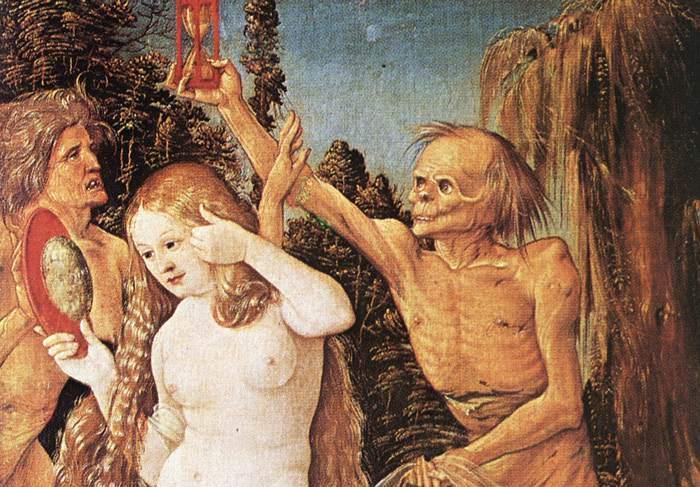Hans Baldung’s painting “The Three Ages of Woman and Death” asks where outer beauty fits in our lives.
Is outer beauty a blessing or a curse? It’s easy to look at the curated displays on our media feeds and feel we aren’t beautiful enough or that we are somehow lacking.





